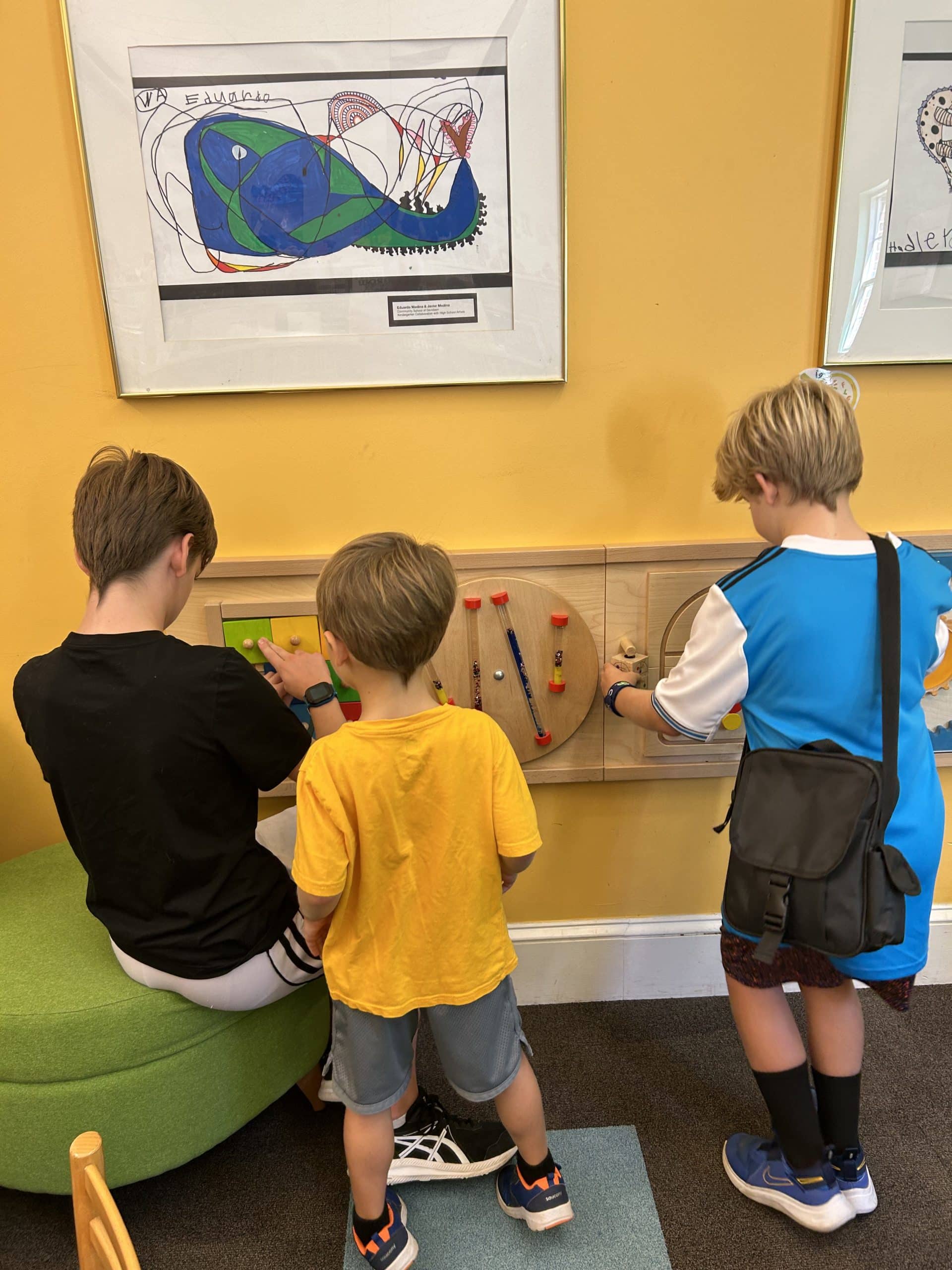Active reading engages students to understand and evaluate the content and find relevance to their needs. Thus, it actively engages students in the content. It happens as students engage themselves in reading text. It’s more than reading print and answering questions. As students engage themselves in reading, learning reaches its peak. Students understand the meaning within the text.
Active reading is process-oriented and strategic. It is flexible and individualized for a student’s needs. In active reading, students have a visual record of the text. It focuses and engages students in reading.
Active Versus Passive Reading
Active reading involves various strategies for the student that differ from passive reading. Passive reading happens when students read too fast or too slow to comprehend the meaning. They forget what they read. Active reading engages the students. There are a variety of strategies for individualization.
- Connect students to the text before reading. Ask questions to access prior knowledge.
- Highlighting is important only if students look for important words, dates, or italicized words and phrases. This requires students to pay close attention to the context. If not directed, students will highlight meaningless information.
- Short passage oral reading. After reading a short passage, stop and ask questions. This will model for students.
- Look for patterns while reading.
- Predict what happens next.
- Ask questions while reading.
- Reflect on how concepts relate to each other.
- Use graphic organizers to guide students to think about concepts and important text.
- Introduce vocabulary beforehand.
Regardless of age, students need strategies for active reading. Individualize the strategy according to how each student processes information. They are not ‘one-size-all’.
Read ‘With’ Not ‘To’
A young student’s reading journey needs active reading. Reading orally to students and periodically talking about the story helps guide young students to understand the active reading process. It is best to read with students as they read various passages. The journey of active reading includes picture books to chapter books. While reading, students develop skills of prediction, inference, and summarizing. They learn strategies for new vocabulary meanings.
Digital Reading
Reading digital text with students may still be active. A study shows that students can draw a picture of an interpreted passage. Also, students can take notes on paper to help with comprehension. However, other students had trouble with recall as they tried to describe a process read they read in digital form. Many students liked digital reading, but comprehension was lacking once finished with the digital text.
Active reading creates better readers. It also helps students with oral and written communication. Reading provides students with new words and perspectives. It strengthens language and creates writers and speakers.



